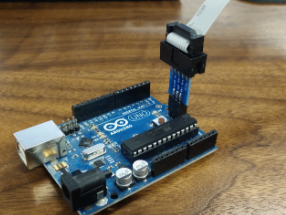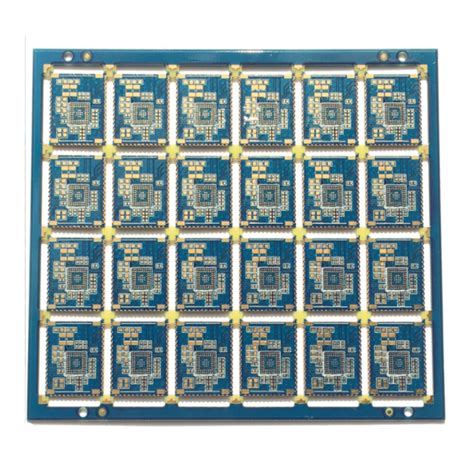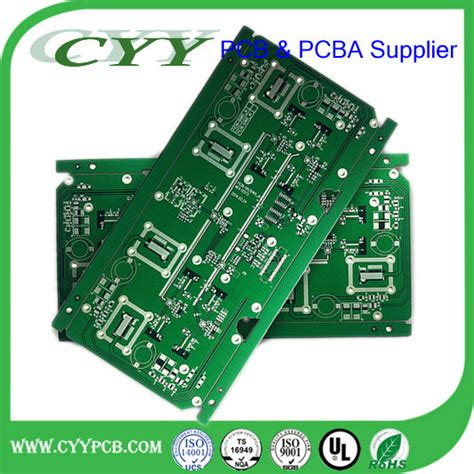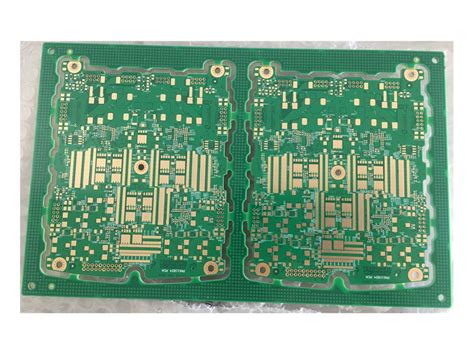Requirements for Non-Electrolytic Nickel Coatings on PCBs
Abstract
This paper examines the critical requirements for non-electrolytic nickel coatings on printed circuit boards (PCBs) in modern electronics manufacturing. As PCBs continue to evolve with higher density interconnects and more demanding operating conditions, the specifications for nickel surface finishes have become increasingly stringent. The discussion covers thickness requirements, adhesion standards, solderability, corrosion resistance, electrical properties, and industry specifications that govern non-electrolytic nickel deposition. Special attention is given to the comparative advantages over electrolytic nickel and the particular challenges in deposition uniformity and quality control.
Introduction
Non-electrolytic nickel coatings, commonly referred to as electroless nickel, have become a critical surface finish for PCBs in high-reliability applications. Unlike their electrolytic counterparts, these coatings deposit through an autocatalytic chemical reduction process that provides uniform thickness regardless of component geometry. The electronics industry has established rigorous requirements for these coatings to ensure reliable performance in increasingly miniaturized and demanding applications.
The primary functions of non-electrolytic nickel on PCBs include:
- Providing a diffusion barrier between copper substrates and subsequent finishes
- Enhancing solder joint reliability
- Offering corrosion protection
- Maintaining stable contact resistance
- Enabling wire bonding capability
This paper systematically examines the technical requirements across physical, mechanical, and electrical parameters that define acceptable non-electrolytic nickel coatings for PCB applications.

Thickness Requirements
Minimum Thickness Standards
Industry standards typically specify 3-5 μm as the minimum acceptable thickness for non-electrolytic nickel coatings on PCBs. This range:
- Provides adequate diffusion barrier properties against copper migration
- Maintains integrity during multiple reflow cycles
- Preserves solderability throughout product lifecycle
Thinner deposits (<2 μm) risk forming discontinuous layers that compromise the coating’s barrier function. IPC-4552B specifies 4 μm minimum for ENIG (Electroless Nickel Immersion Gold) finishes, which has become the de facto standard for most commercial applications.
Thickness Uniformity
The autocatalytic nature of electroless nickel deposition theoretically produces perfectly uniform coatings. However, practical considerations require:
- ≤10% thickness variation across any single PCB
- ≤15% variation lot-to-lot
- Special attention to edge versus center deposition in rack configurations
High-throw power solutions and proper bath maintenance are essential to meet these uniformity requirements.
Adhesion Requirements
Peel Strength
Acceptable non-electrolytic nickel coatings must demonstrate:
- Minimum 1.4 N/mm peel strength to copper substrate
- No blistering or delamination after thermal stress testing
- Adhesion maintained after 6x reflow cycles at 260°C
Pre-treatment Considerations
Achieving these adhesion levels requires:
- Proper microetch of copper surface (typically 1-2 μm removal)
- Avoidance of over-acceleration leading to poor nucleation
- Controlled activation when using palladium catalysts
Solderability Requirements
Wetting Performance
Coatings must enable:
- >95% coverage in solder spread tests (per J-STD-003)
- Zero non-wetting or dewetting on test coupons
- Maintenance of solderability after 8 hours steam aging
Intermetallic Formation
The nickel-tin intermetallic layer should:
- Measure 1-3 μm after single reflow
- Show uniform morphology without excessive spalling
- Contain <10% phosphorus at the interface
Corrosion Resistance
Environmental Testing
Coatings must withstand:
- 96 hours neutral salt spray (per ASTM B117) without base metal corrosion
- 85°C/85% RH for 500 hours without electrical degradation
- 10 cycles of JEDEC moisture sensitivity testing
Phosphorus Content Correlation
Optimal corrosion resistance typically occurs with:
- 7-9% phosphorus content in the deposit
- Avoidance of high (>11%) or low (<5%) phosphorus extremes
- Proper bath control to maintain consistent alloy composition
Electrical Properties
Contact Resistance
Requirements include:
- Initial contact resistance <5 mΩ for power applications
- Variation <20% after environmental exposure
- Stable impedance characteristics up to 10 GHz for RF applications
Dielectric Characteristics
The coating must:
- Maintain insulation resistance >10⁸ Ω
- Not introduce significant signal loss (<0.1 dB/cm at 5 GHz)
- Avoid electromigration at design current densities
Industry Specifications
Key governing standards include:
- IPC-4552B for ENIG finishes
- MIL-DTL-32119 for military applications
- ASTM B733 for general electroless nickel
- IEC 62326 for PCB performance standards

Process Control Requirements
Bath Chemistry Parameters
Critical control points:
- Nickel concentration: 4.5-6.5 g/L
- Hypophosphite: 20-35 g/L
- pH: 4.5-5.2 (varies by formulation)
- Temperature: 85-92°C ±1°C
Deposition Rate
Target deposition rates should be:
- 12-20 μm/hour for most PCB applications
- Consistent within ±5% during bath life
- Monitored via coupon measurements every 4 hours
Quality Control Testing
Required Testing Protocols
- Cross-sectional SEM/EDS analysis (lot basis)
- Solder float testing (288°C, 10 sec, 3x)
- Thermal shock cycling (-55°C to 125°C, 100 cycles)
- Porosity testing (electrographic or humidity)
Defect Acceptance Criteria
- ≤3 pores/cm² in porosity testing
- No cracks visible at 200X magnification
- ≤5% thickness variation on critical features

Conclusion
The requirements for non-electrolytic nickel coatings on PCBs represent a careful balance between manufacturability and performance reliability. As PCB technology advances toward finer pitches and more demanding operating environments, these specifications continue to evolve. Current industry standards provide a robust framework, but manufacturers must maintain rigorous process controls to consistently meet all mechanical, electrical, and environmental requirements. Future developments in alloy compositions and deposition techniques may further refine these requirements to address emerging challenges in high-density interconnect and high-frequency applications.






